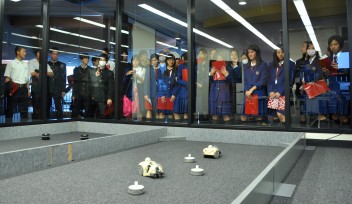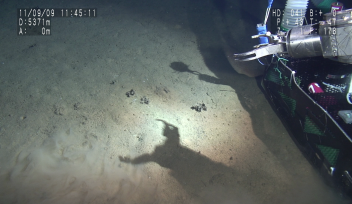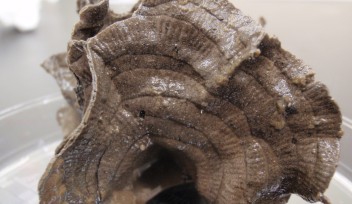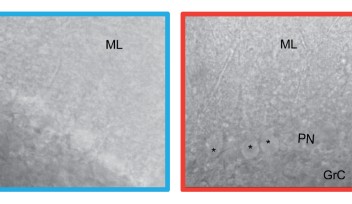Figure 2

Acicnemis ryukyuana (A) can be distinguished by the yellow bands on its shoulders and the colour of its hardened fore wings. The shape of its leg segment (tarsal segment) is also very unique, as it is not strongly indented. In most Acicnemis species the same leg segment is heavily indented and heart shaped (shown here in Acicnemis postica, B).
Date:
16 June 2023
Copyright OIST (Okinawa Institute of Science and Technology Graduate University, 沖縄科学技術大学院大学). Creative Commons Attribution 4.0 International License (CC BY 4.0).














